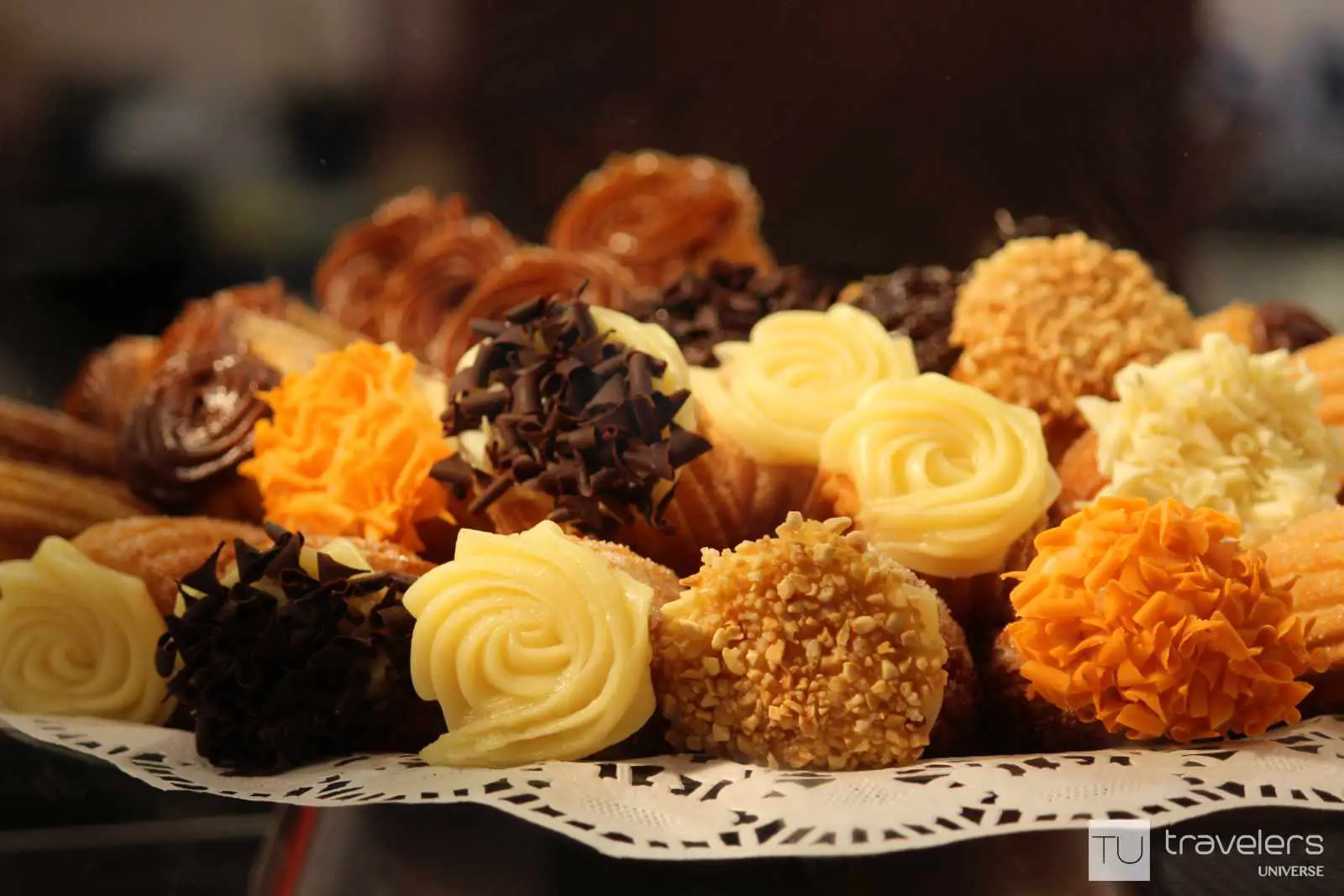Welcome to Facts Vibes! Today, we’re diving into the delicious world of churros. Did you know that these crispy treats have a fascinating history and come in various shapes and sizes? Get ready to indulge in some mouth-watering facts about everyone’s favorite fried pastry.
Exploring the Irresistible World of Churros: Fun Facts and Fascinating Origins
Exploring the Irresistible World of Churros: Fun Facts and Fascinating Origins
Churros are a renowned Spanish treat that has gained popularity worldwide. These fried-dough pastries are often enjoyed as a breakfast or dessert, and their crispy exterior and soft interior have made them a favorite among food enthusiasts. But where did churros come from, and how did they become so popular? Let’s delve into the fascinating origins and fun facts surrounding this mouthwatering delight.
The history of churros can be traced back to Spain, where it is believed that Portuguese sailors brought the recipe back from their travels to China. The irresistible aroma and delicious taste of churros quickly captivated the locals, and the treat soon became a staple in Spanish cuisine. Over time, churros evolved into various forms and flavors, with some being filled with chocolate, caramel, or fruit preserves.
Churros also made their way to Latin America, where they became a beloved street food. In countries like Mexico, churros are often enjoyed with a cup of hot chocolate or coffee, creating a perfect pairing of flavors. In the United States, churros are commonly found at fairs, theme parks, and food trucks, showcasing their universal appeal and enduring popularity across different cultures.
Today, churros continue to be a beloved indulgence, whether enjoyed on their own or paired with various dips and toppings. Their simple yet irresistible charm has solidified their place in the world of sweets, making them a must-try for anyone with a sweet tooth.
As we explore the irresistible world of churros, it’s clear that their fascinating origins and universal appeal have contributed to their enduring popularity across the globe. Whether you prefer them plain, filled, or coated in sugar, there’s no denying that churros offer a delightful experience for all who indulge in their crispy, golden goodness.
Most popular facts
Churros are a popular Spanish dessert, believed to have been brought to Europe by the Portuguese from China.
Churros are a popular Spanish dessert, believed to have been brought to Europe by the Portuguese from China.
The long, ridged shape of churros is thought to have been inspired by the horns of the Churra sheep, commonly found in Spain.
TRUE. The long, ridged shape of churros is thought to have been inspired by the horns of the Churra sheep, commonly found in Spain.
In Spain, churros are often enjoyed for breakfast, dipped in hot chocolate or café con leche.
Churros are a popular breakfast choice in Spain, often enjoyed dipped in hot chocolate or café con leche.
Churros were originally made with just flour and water, but modern recipes often include ingredients like eggs and butter.
Churros were originally made with just flour and water, but modern recipes often include ingredients like eggs and butter.
Churros can also be filled with sweet fillings like chocolate, dulce de leche, or fruit jams.
Churros can also be filled with sweet fillings like chocolate, dulce de leche, or fruit jams.
The word “churro” is also used as a slang term in some Latin American countries to refer to something attractive or cool.
The word “churro” is also used as a slang term in some Latin American countries to refer to something attractive or cool.
Churros are often sold by street vendors in many Latin American countries and are a popular snack at fairs and festivals.
Churros are often sold by street vendors in many Latin American countries and are a popular snack at fairs and festivals.
In some regions of Spain, churros are known as “calentitos” or “calientes” when they are served straight from the fryer.
In some regions of Spain, churros are known as “calentitos” or “calientes” when they are served straight from the fryer.
The largest churro ever made measured over 1700 feet long and was created in the Dominican Republic.
True.
Churros are particularly popular during traditional Mexican celebrations like Independence Day and Day of the Dead.
Churros are particularly popular during traditional Mexican celebrations like Independence Day and Day of the Dead.
There is a savory version of churros called “porras,” which are thicker and often served with savory dips like aioli or cheese.
Porras are a savory version of churros, thicker and often served with savory dips like aioli or cheese.
Churros are said to have been introduced to the New World by Spanish explorers and have since become popular in many Latin American countries.
Churros were introduced to the New World by Spanish explorers and have since gained popularity in many Latin American countries.
The city of Madrid has an entire street, Calle del Arenal, dedicated to churro cafes and stalls.
Madrid has Calle del Arenal dedicated to churro cafes and stalls.
Churros can be made in various shapes, including loops, stars, and spirals, depending on the region and personal preference.
Churros can be made in various shapes, including loops, stars, and spirals, depending on the region and personal preference.
In some parts of Mexico, churros are often accompanied by a hot drink called “atole” or “champurrado.”
In some parts of Mexico, churros are often accompanied by a hot drink called “atole” or “champurrado.”
In conclusion, churros are not only a delicious treat, but also a fascinating part of culinary history. Their versatility and popularity around the world make them a truly unique snack, and delving into the fun facts behind this beloved pastry adds an extra layer of enjoyment to the experience of savoring a warm, crispy churro.
